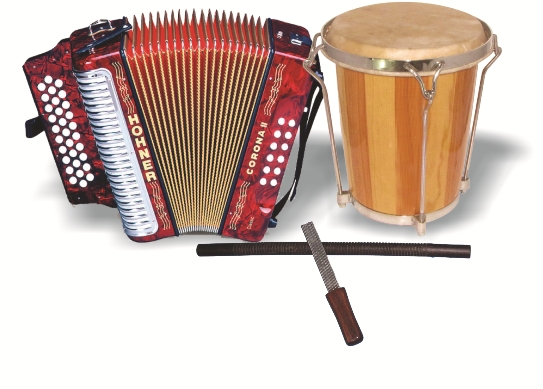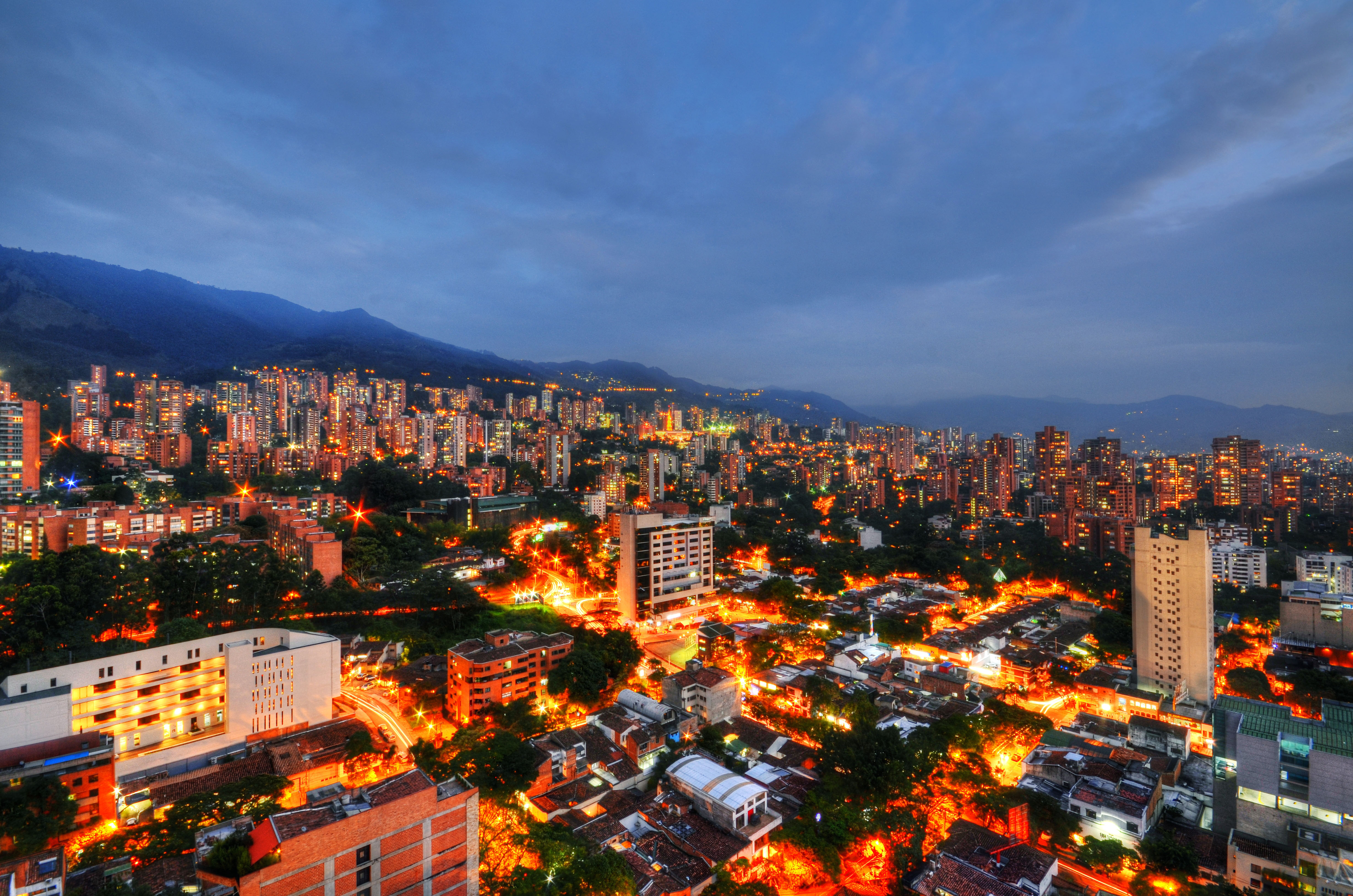
Although Colombia is a melting pot of musical genres of different origins, there is one popular genre that originated within the country.
Influenced by Afro-European beats, vallenato is a form of folk music born in the Caribbean villages of the Valledupar region of Colombia.
It’s completely different from salsa, and although not as popular, you’ll still hear it throughout the streets and bars, and especially along the coast.
The word translates to “born in the valley” and like many origins of music, vallenato stems from the lower class and farmers of the region who used to travel with their musical instruments to entertain themselves on their journeys.
The songs tell tales of romantic love and often express humility and heartbreak.
The Music of Vallenato
Featuring the accordion, which was introduced to the Caribbean coast in the 1900s by the Europeans, vallenato is also traditionally played with a caja – a small drum originally used by African slaves played like a bongo, and a guacharaca, a percussion instrument, which is generally a piece of bamboo hollowed with grooves that replicates the call of the bird from the same region, called a guacharaco.
A vallenato group may also include a bassist, guitarist and keyboardist.
Vallenato has four varieties of main beats, with only two that you can really dance along to.
Puya and merengue are the ones for dancing and are reasonably easy to follow, whilst son and paseo are played at a slower pace with a melancholy feel.
Puya is the oldest form of vallenato and similar to merengue, except for less lyrics and a solo for each of the three main instruments.
Merengue is the most narrative form and thus used in festivities. If you fancy learning the basics of the merengue steps, watch the video above to get started.
You can also sign up for lessons at Santo Baile.
Popular Vallenato Singers
Gilberto Alejandro Durán Diaz is a vallenato legend.
Born in 1919, the singer, composer and accordion player won the first version of the Vallenato Legend Festival and has his place in the history books.
His music was so popular, singers from more modern times still covered his songs.
A more recent artist was Kaleth Morales. Born in 1984, he was known as the leader of the new wave vallenato movement.
In 2003, his first single, a fresh sound on traditional vallenato music called “Voy a Atraparte” was a huge hit.
Tragically, he passed away in 2005 after a car accident in northern Colombia.
Today, Carlos Vives reigns as Colombia’s most popular vallenato singer.
The Grammy and Latin Grammy-winning megastar from Santa Marta, who also sings cumbia is so popular that he’s just been cited for the Legend Award by the Hispanic Heritage Foundation.
Praised as an alluring vocalist, Vives climbed onto the Latin America charts in 1994 with his song “La Gota Fria” and there’s been no stopping him since. “Carito” is another early favorite.
His own label, called Gaira, helps promotes and incentivize other local artists in his genre.
Silvestre Dangond, who is just a few years younger than Vives, has received four Latin Grammy nominations to-date, but has yet to win one.
Awards aside, he’s a superstar in Colombia, and routinely sells out concerts to thousands of adoring fans who come to see him sing hits like “Me Gusta,” “Cantinero” and “La Tartamuda.”
In traditional vallenato, the singers also played the accordion and for those who choose to be a vallenato accordionist, the biggest accolade is being awarded the Rey de Reyes crown every ten years. The next is in 2017.
Where to Hear Vallenato in Medellín
Carito is a 500-person club in the heart of Parque Lleras. They feature crossover music, with a stage for live vallenato performances. Open Thursday, Friday and Saturday from 9 p.m. to 4 a.m. Address: Carrera 38 #8-8, Parque Lleras.
El Templo del Vallenato is another option. Open from 5 p.m. to 4 a.m., seven days a week. Find them at Carrera 70 #47-23, Medellín.
Vallenato is routinely played in Medellín’s crossover clubs, along with merengue, bachata, salsa and reggaeton. Check out Medellín Living’s nightlife guide for more bars and clubs.
Countywide, Tsunami Vallenato hold big vallenato events in different cities such as Bogotá and Bucaramanga with various artists.
Although not to everyone’s tastes, vallenato is traditionally Colombian and if you’re thinking of taking a trip up north, the best place to hear vallenato is in Cartagena, on a chiva with your very own live group in tow.
Regionally, vallenato is also popular in Venezuela, and can be heard to a lesser degree in neighboring Panama and Ecuador too.











